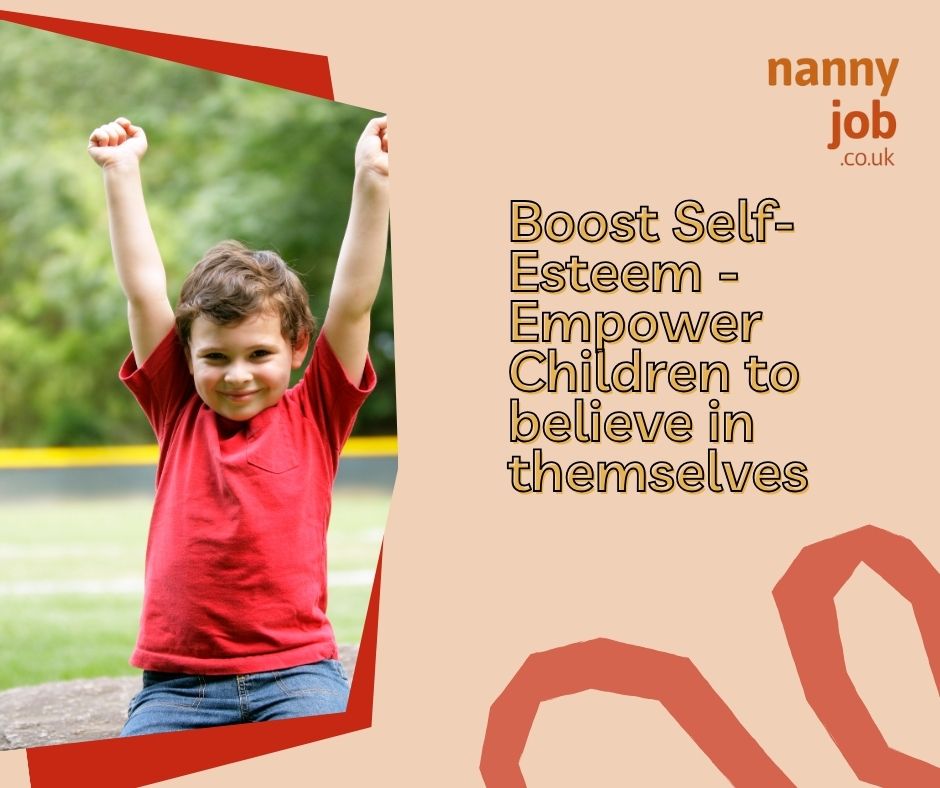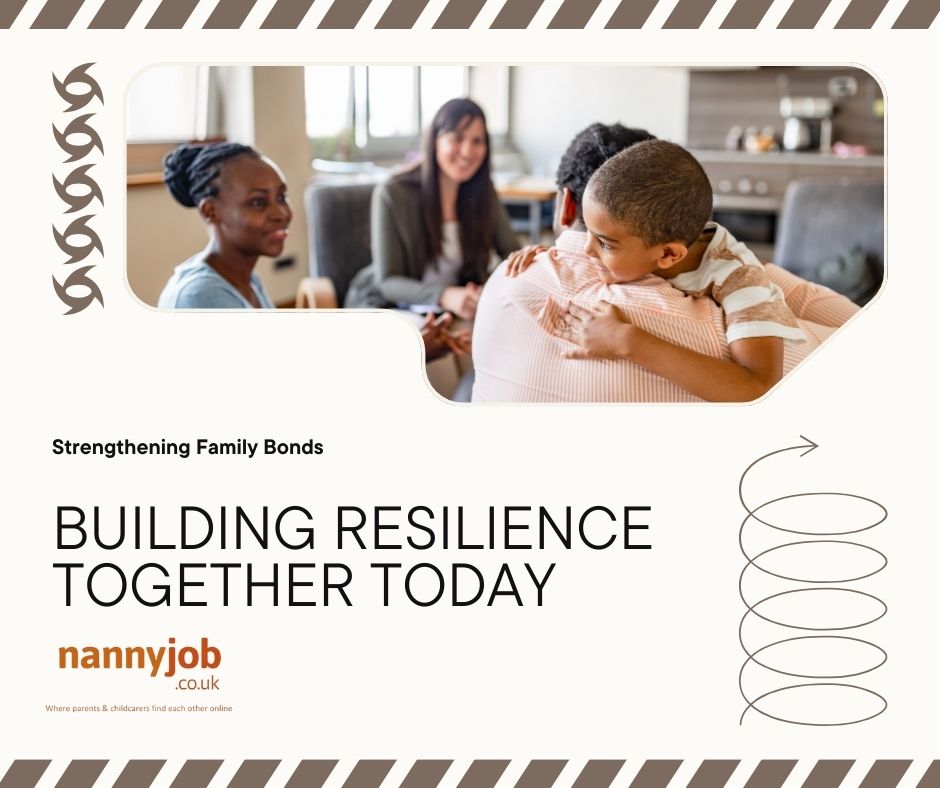Introduction
January marks Cervical Cancer Prevention Week and Month in the UK, a vital time to raise awareness about a disease that is both preventable and treatable when caught early. Cervical cancer affects thousands of women and individuals with a cervix each year, but through education, regular screenings, and vaccination, we can significantly reduce the risk.
As parents and nannies it’s also an opportunity to understand how we can help the next generation by promoting healthy habits and encouraging proactive healthcare. Let’s explore the key aspects of cervical cancer prevention and how we can all play a part in raising awareness.
What Is Cervical Cancer?
Cervical cancer occurs in the cells of the cervix, which is the lower part of the uterus. It’s most commonly caused by persistent infection with high-risk strains of the human papillomavirus (HPV). While HPV is extremely common and often harmless, some types can lead to cervical cancer if left untreated.
Early detection through regular screenings (smear tests) can identify changes in cervical cells before they develop into cancer, making prevention and early treatment highly effective.
How to Prevent Cervical Cancer
1. Attend Regular Screenings (Smear Tests)
- The NHS cervical screening programme invites individuals aged 25–64 for regular smear tests.
- These tests check for abnormal cell changes and, if necessary, HPV, which helps catch potential issues early.
Why It Matters:
Cervical screening prevents 70% of cervical cancer cases. Attending these appointments is one of the most effective ways to protect your health.
Tip for Parents and Nannies:
Encourage open conversations about health and regular check-ups to normalize proactive healthcare for children as they grow older.
2. Get the HPV Vaccine
- The HPV vaccine is offered to girls and boys aged 11–13 in the UK as part of the NHS immunization programme.
- It protects against the types of HPV most likely to cause cervical cancer.
Why It Matters:
The vaccine is most effective when given before exposure to HPV, which is why it’s offered at a young age.
For Families:
Talk to your healthcare provider about the HPV vaccine if your child hasn’t received it yet.
3. Practice Safe Habits
- Encourage safe sexual practices, such as using protection and limiting the number of sexual partners.
- Educate young people about HPV and how it can be transmitted.
Why It Matters:
Reducing exposure to high-risk HPV types helps lower the chances of developing cervical cancer later in life.
4. Understand and Act on Symptoms
While early cervical cancer may not have symptoms, advanced cases can cause:
- Abnormal vaginal bleeding (between periods, after sex, or after menopause).
- Unusual discharge.
- Pain during intercourse or in the pelvis.
Why It Matters:
If you or someone you care for experiences these symptoms, seek medical advice promptly.
How Nannies and Parents Can Help Raise Awareness
- Foster Open Conversations
- Encourage discussions about health and well-being within your family. Talking openly about screenings and vaccinations normalizes these essential health practices.
- Educate the Next Generation
- Teach children and teens about the importance of taking care of their health, including attending regular check-ups and vaccinations.
- Lead by Example
- Show young people the importance of self-care by prioritizing your own health and attending your screenings.
- Spread Awareness
- Use Cervical Cancer Awareness Month to share resources, facts, and stories within your community. Whether it’s a conversation, a social media post, or joining a local campaign, every action helps.
Cervical Cancer Prevention FAQs
Q: Are smear tests painful?
A: While some individuals may feel slight discomfort, the procedure is quick and shouldn’t be painful. Let your healthcare provider know if you’re nervous—they’re there to help.
Q: Can men get HPV?
A: Yes, HPV affects both men and women, which is why the vaccine is now offered to boys as well.
Q: How often should I get a smear test?
A: The NHS invites individuals aged 25–49 for screenings every three years, and those aged 50–64 every five years.
Cervical Cancer Prevention Week and Month remind us how far we’ve come in preventing this disease—and how much more we can do. By attending regular screenings, vaccinating against HPV, and fostering open conversations about health, we can protect ourselves and empower future generations to prioritize their well-being.
Let’s work together to spread awareness, encourage proactive healthcare, and make cervical cancer prevention a priority for all.



 Build strong relationships and communicate effectively.
Build strong relationships and communicate effectively.




















